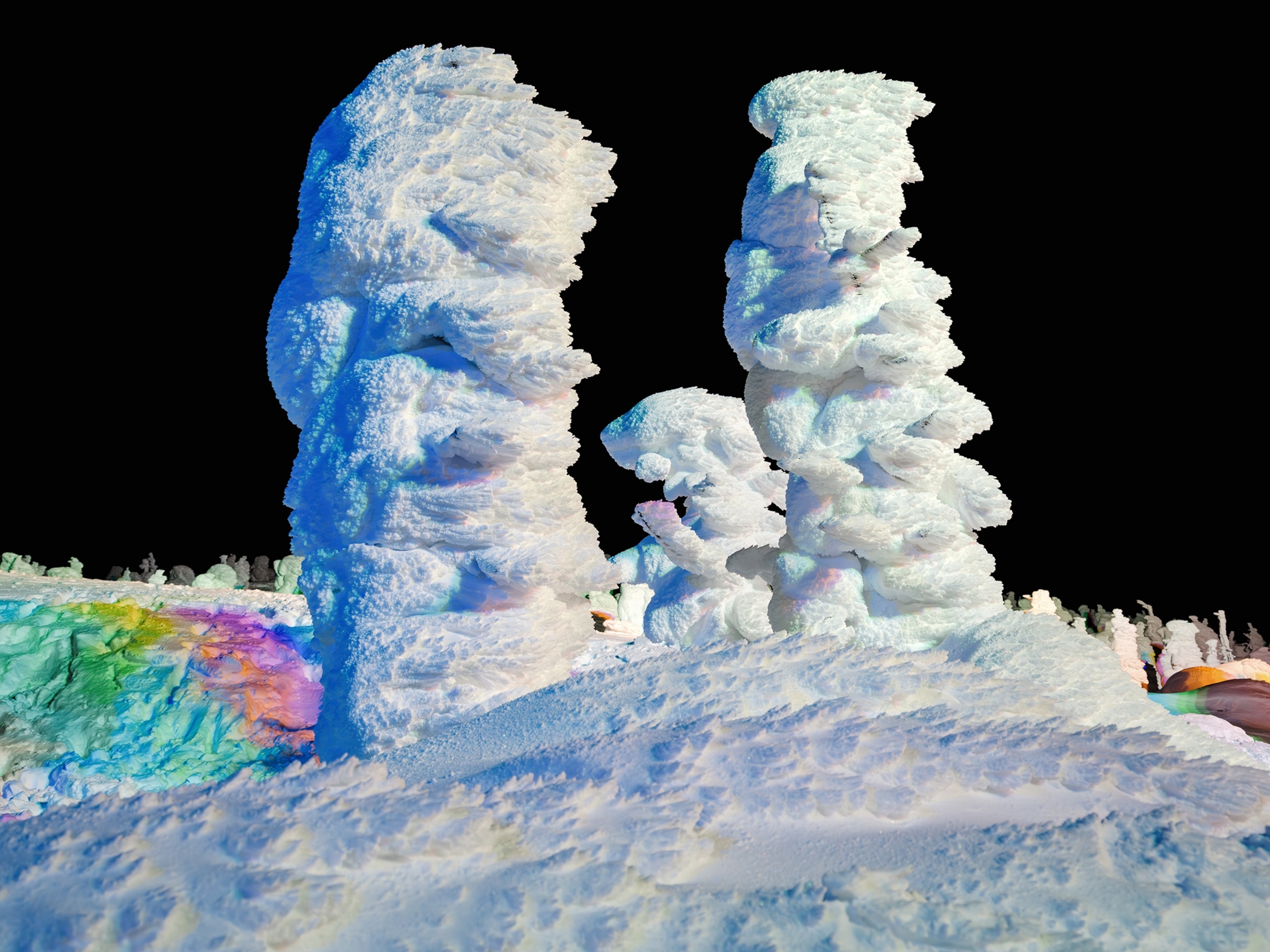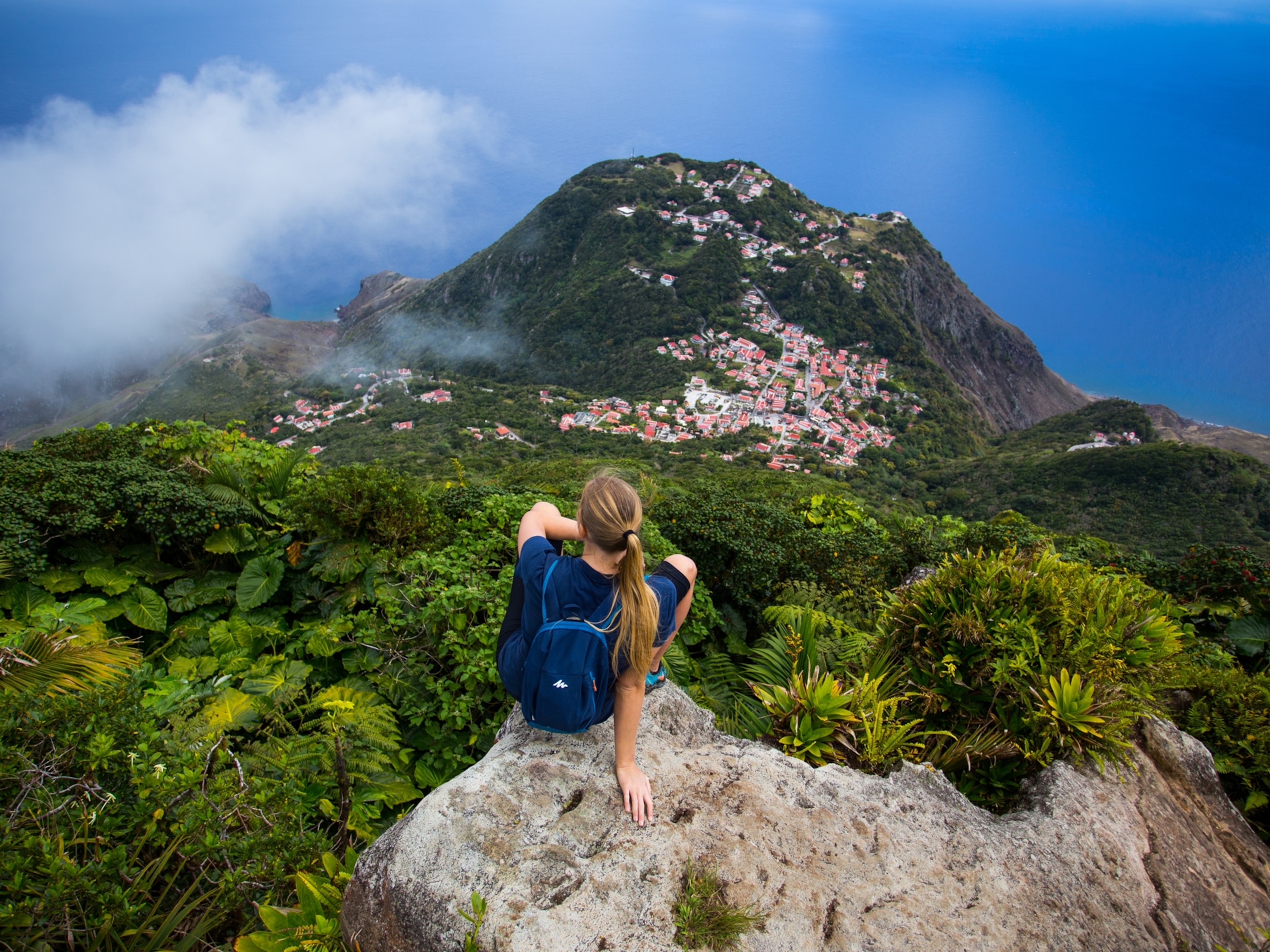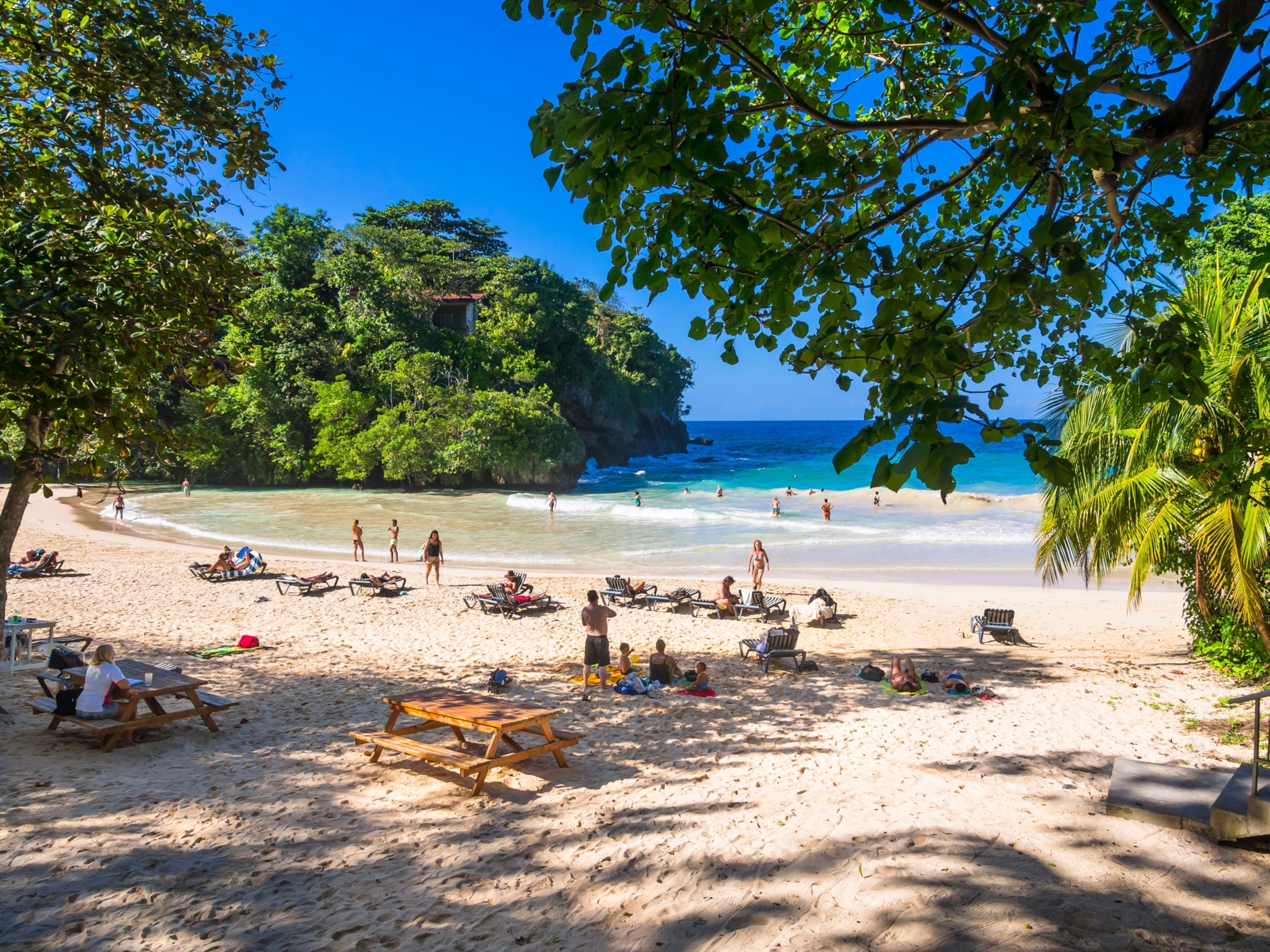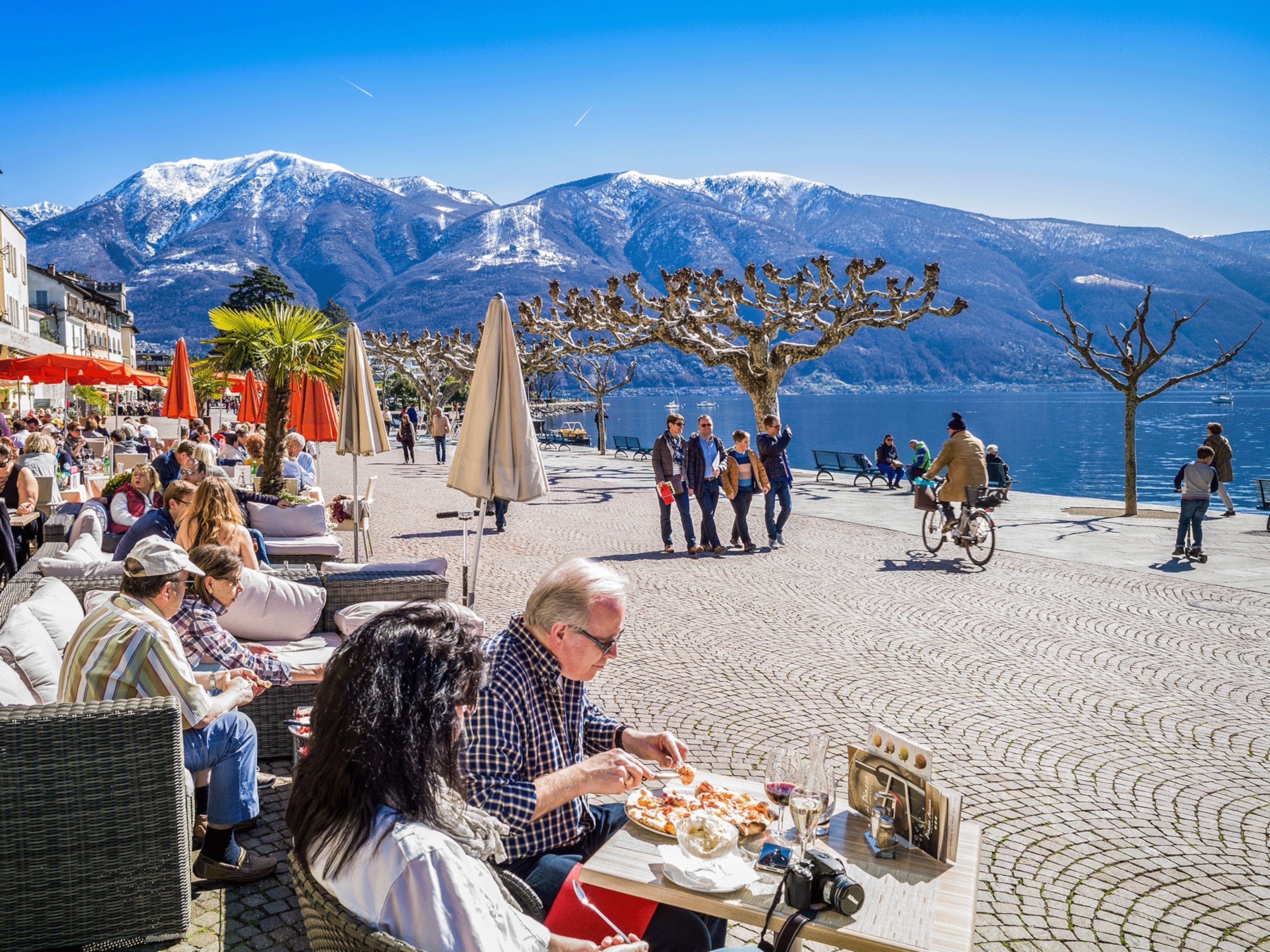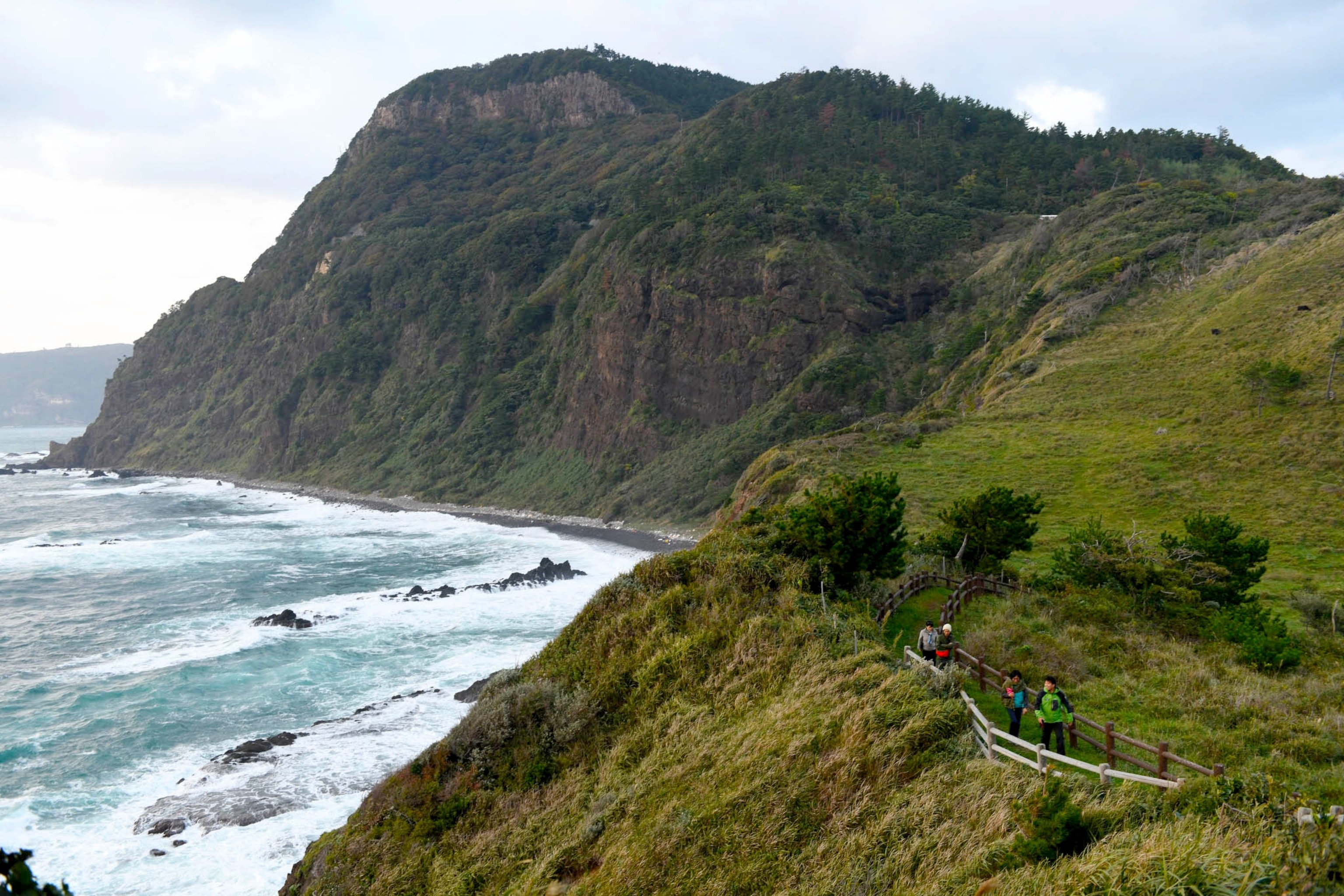
Shimane Prefecture: Japan's Best Kept Secret
Head west for adventure, art, and the world’s holiest annual meeting.
For many, Japan is Tokyo’s bustling crowds and ultramodern conveniences. For others, it’s the otherworldly bamboo forests of Kyoto. But to see some of the country’s most beautiful scenery and experience a Japan that few others do, go to Shimane.
The second least populous prefecture in the country, Shimane hugs the Sea of Japan on Honshu’s west coast. It’s a smidge larger than the state of Delaware, but that’s where the similarities end. Shimane is wild, with plunging cliffs and volcanic islands. It’s full of storied, sacred, and beautiful places—so what are you waiting for?
DOGO, OKI ISLANDS
Part of Shimane but separated by some 50 miles of ocean are the Oki Islands, a small cluster of islands known for their unspoiled, dramatic beauty. Anchored on ancient rock left behind when the Eurasian continent and Japan separated, the islands got a new jolt some seven million years ago, when violent volcanic activity created Dogo, the largest of the Oki Islands at 93 square miles. This unusual origin story earned the islands UNESCO Global Geopark status, one of just 127 in the world.
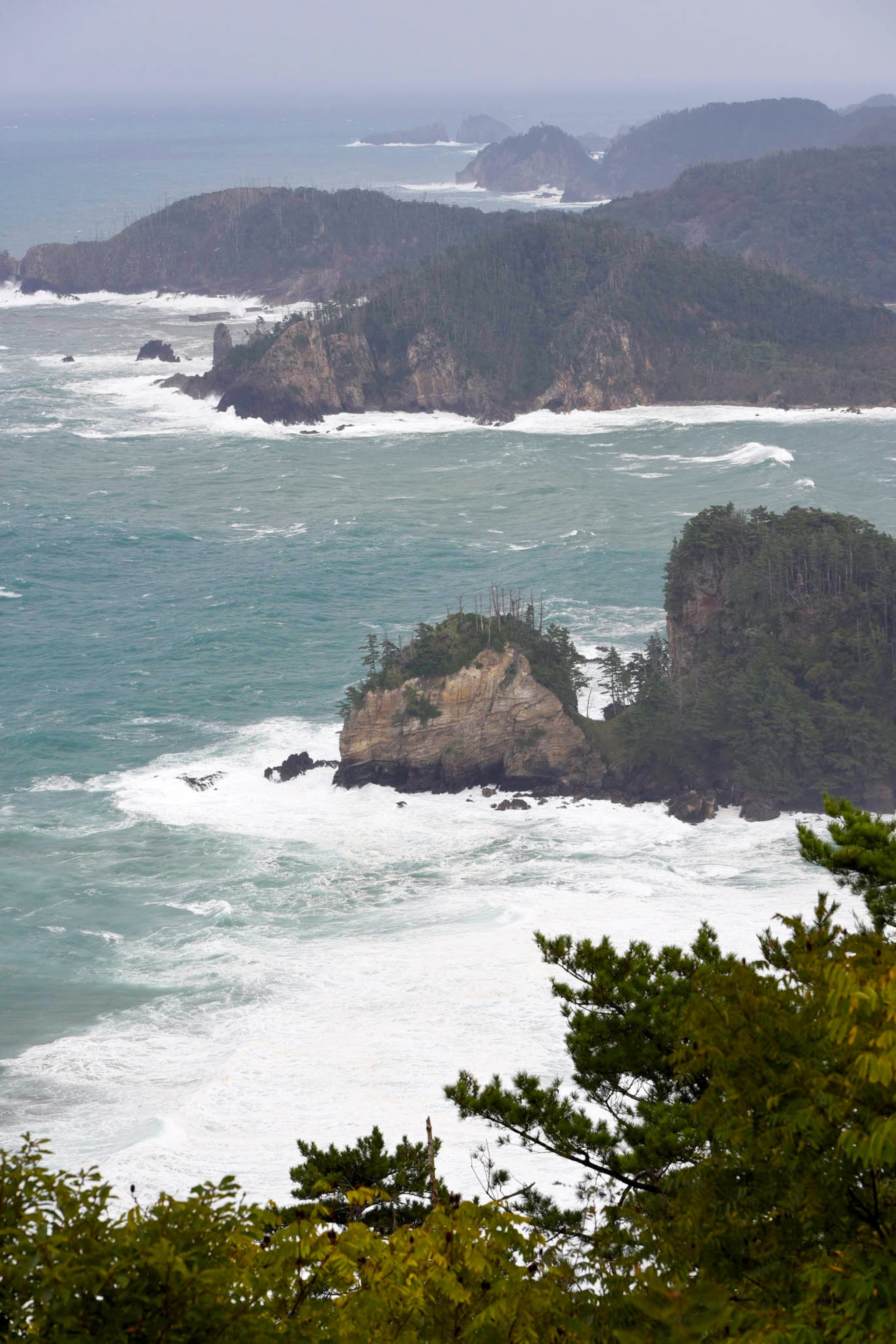
Get your bearings (and some of the best views on the island) at Nagu-misaki Cape on the southwest coast of Dogo. A mile hike brings you to the stark white Nagu Saki lighthouse and unobstructed sight lines of the Sea of Japan and Dogo. A footpath snakes down to the cliff top and along the verdant coast, offering Instagram-worthy vistas (and bracing breezes), especially at sunset.
At the northern end of the island is the Shirashima Coast, where forested outcrops of volcanic rock create a dramatic scene no matter the weather. Take in the views from the overlook or stretch your legs with a short hike.
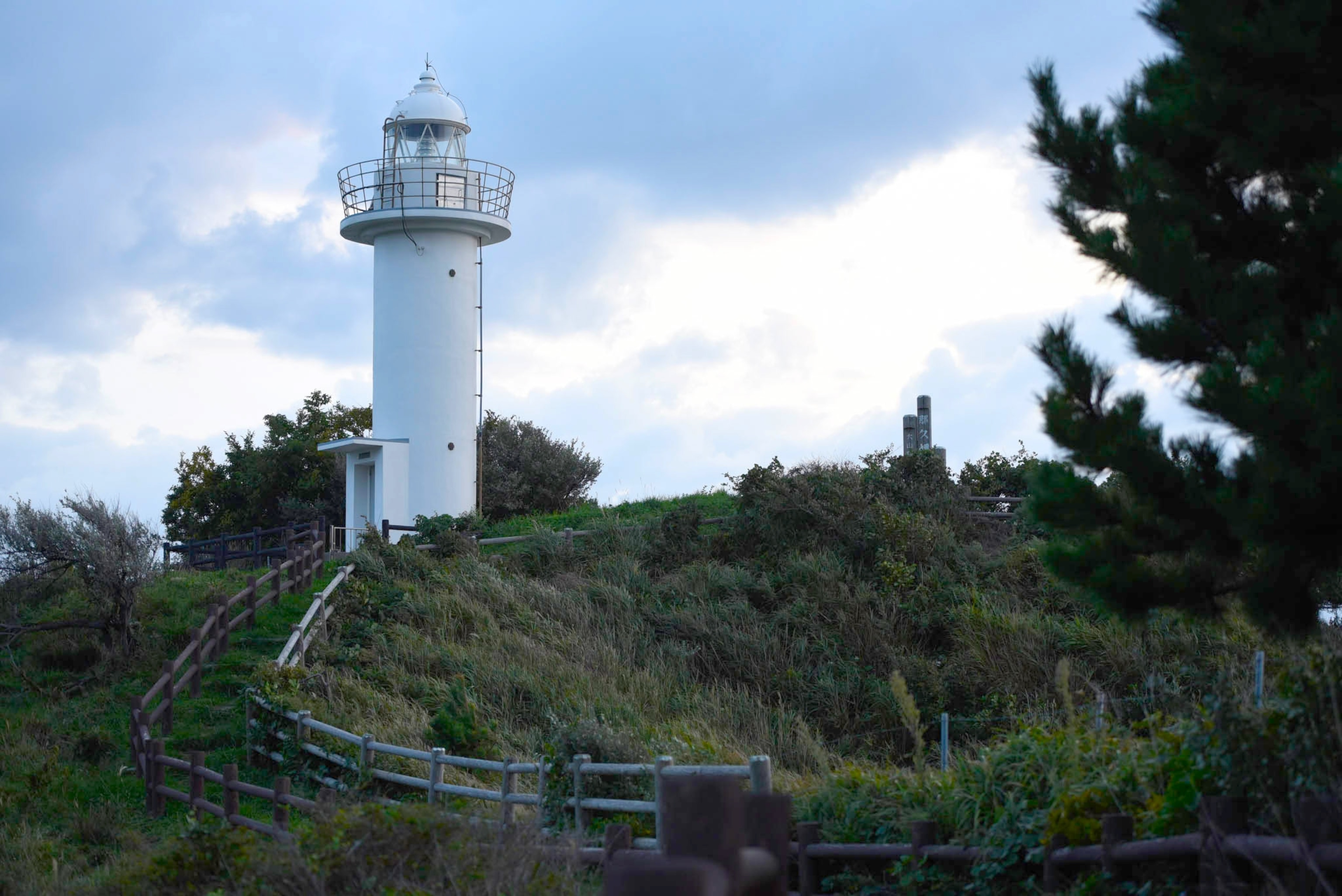
In the northwest part of the island, you can see the Fukuura Tunnels, originally dug by hand beginning in the late 1800s. Carved through the pyroclastic rock, the passages made traveling along the coast safer and less time consuming.
Heading inland to Tsuma, visit Dangyo Shrine and the Dangyo-no-taki waterfalls, twin falls believed to bring victory to bullfighters and sumo wrestlers who traditionally drink its waters (and long life to everyone).
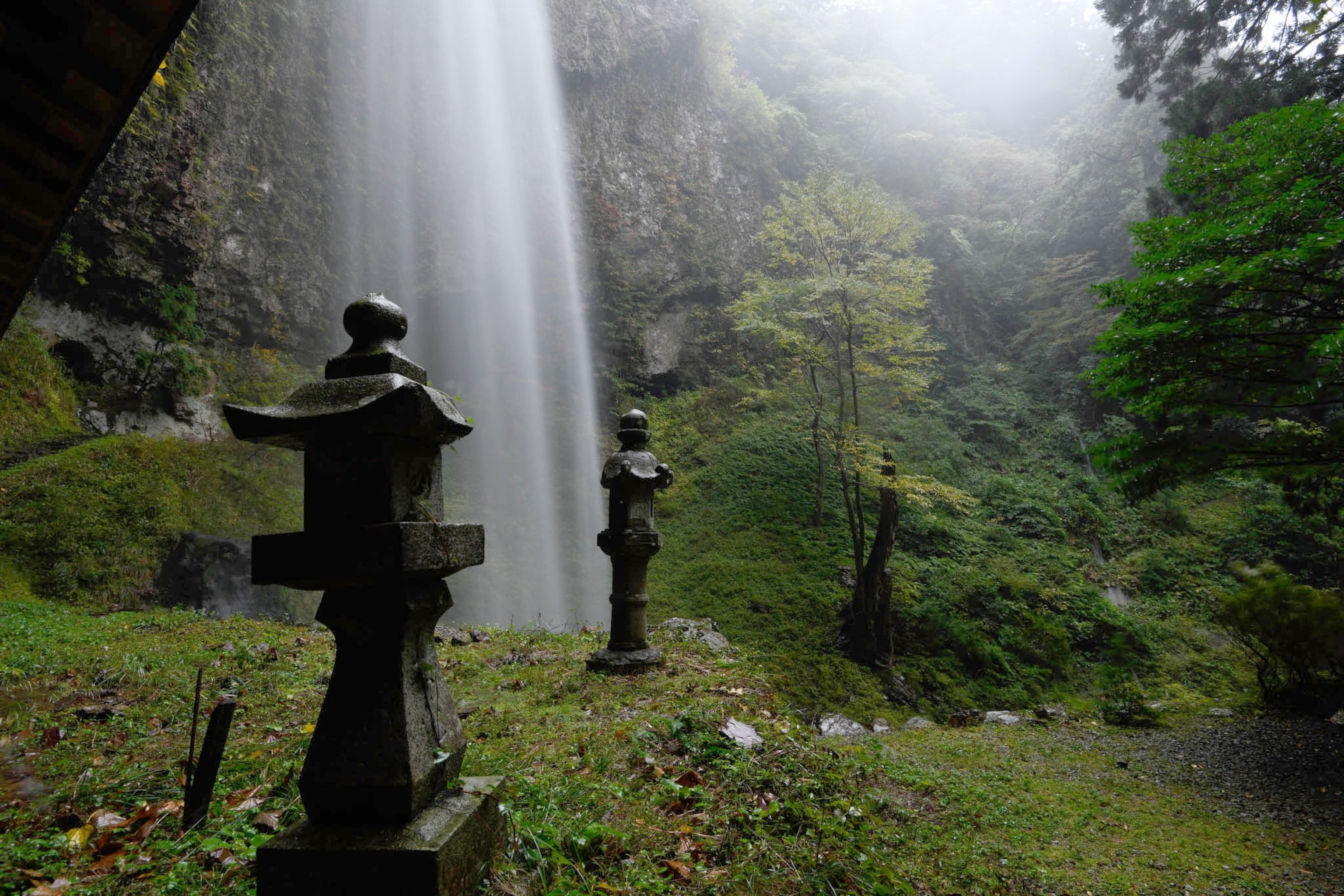
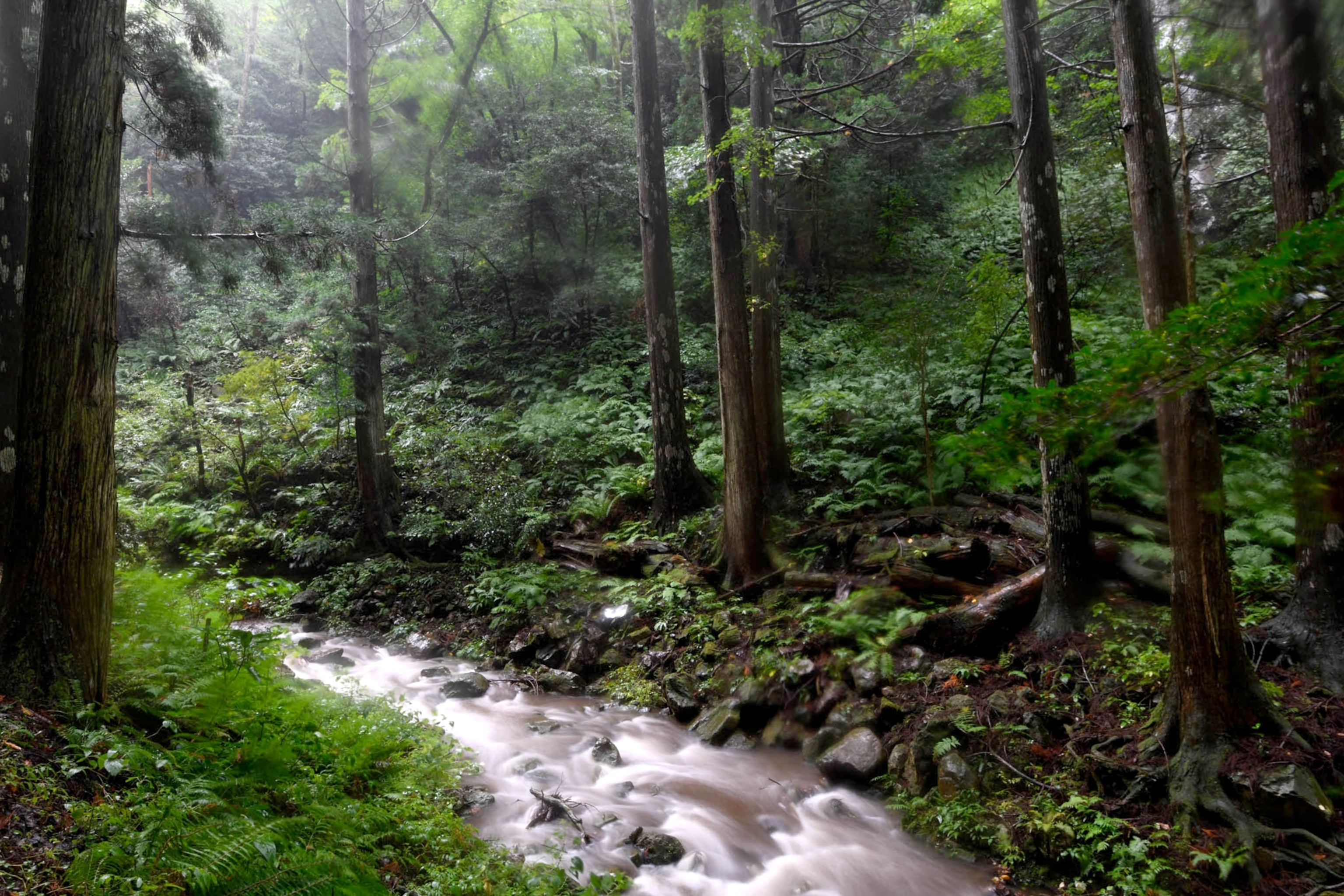
Don’t head back to the mainland without trying an Oki specialty: handmade (teuchi) soba noodles. Unlike traditional wheat noodles, soba (Japanese for buckwheat) noodles are thinner and have a unique nutty flavor.
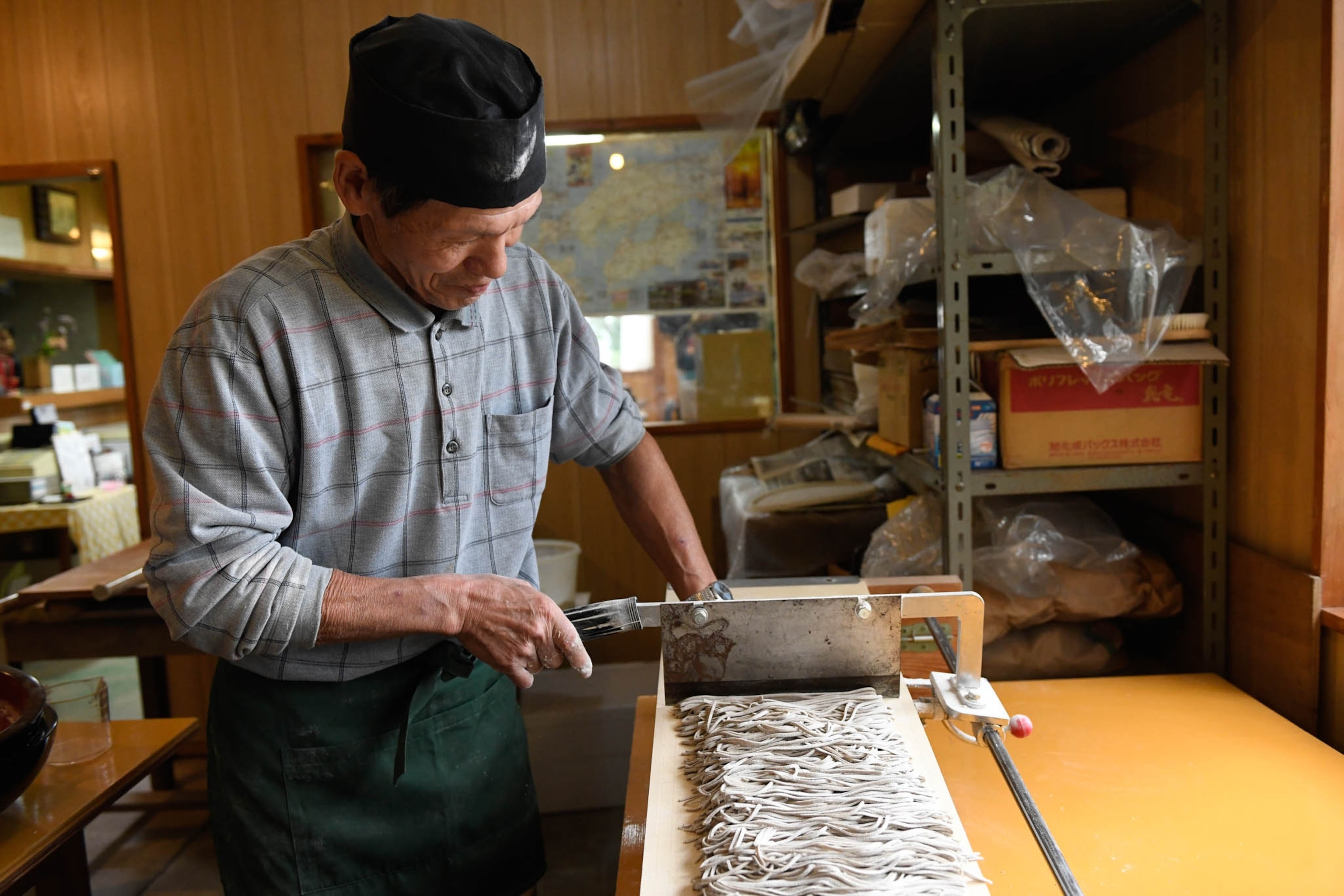
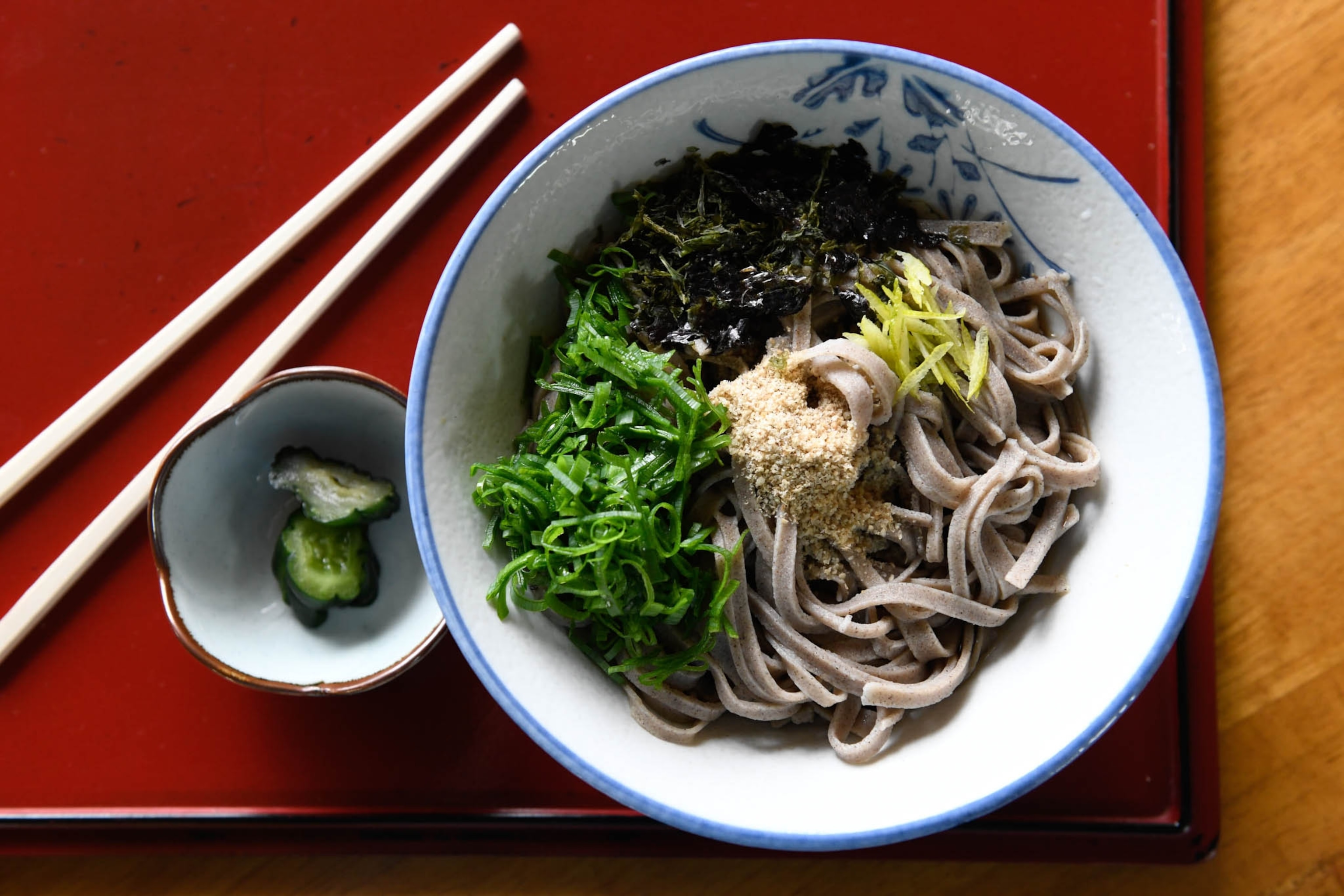
IZUMO-TAISHA GRAND SHRINE
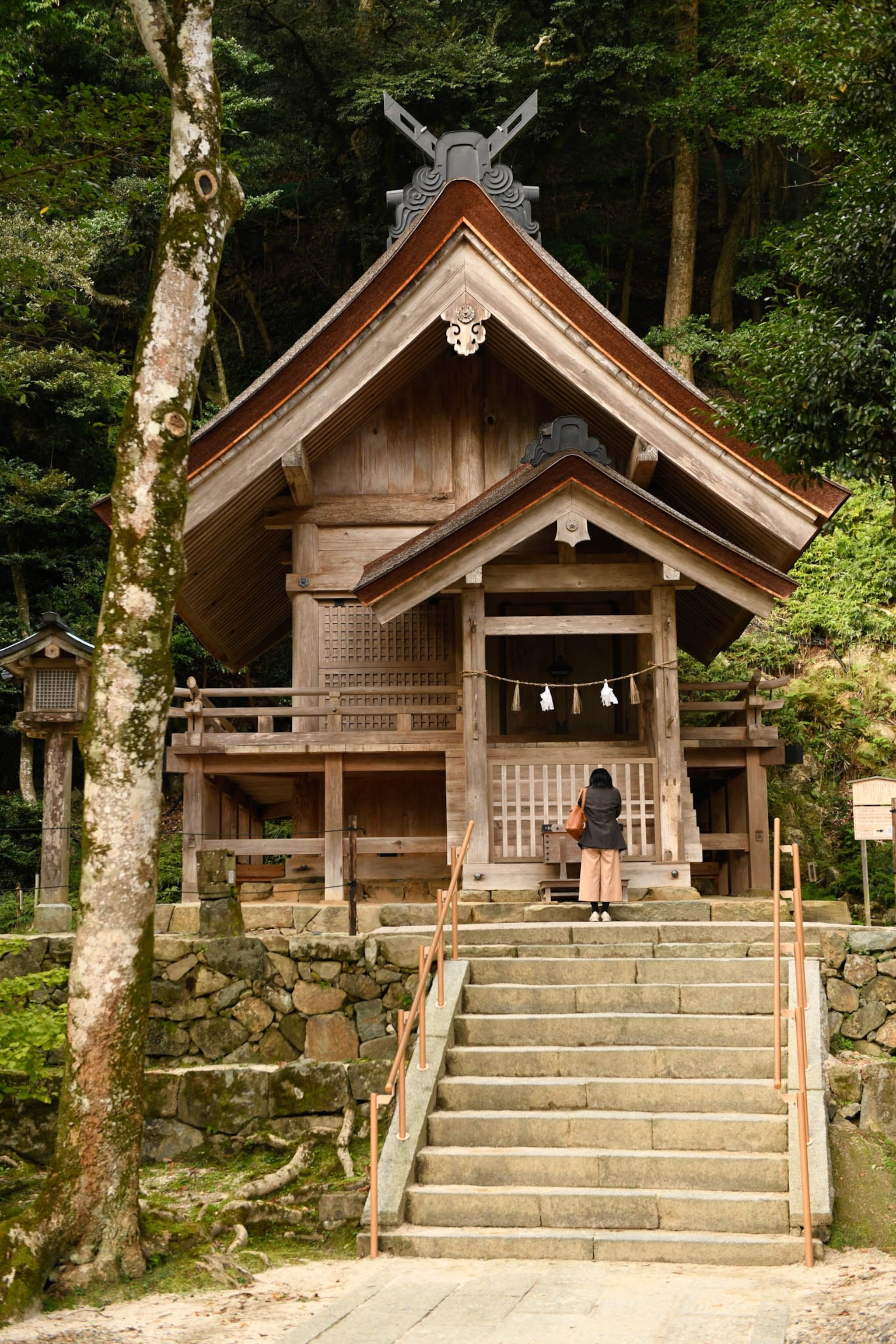
Back on the Shimane mainland is the city of Izumo, site of an important gathering each year. During the 10th lunar month (usually in October or November), it is believed that all the gods of the Shinto religion—some eight million—leave their own shrines and head here to gather at the Izumo-Taisha Grand Shrine, one of the oldest in the country. The deities have their own path down to the shrine (visitors are asked to stay on either side of it) and a lodging hall for their sacred slumber.
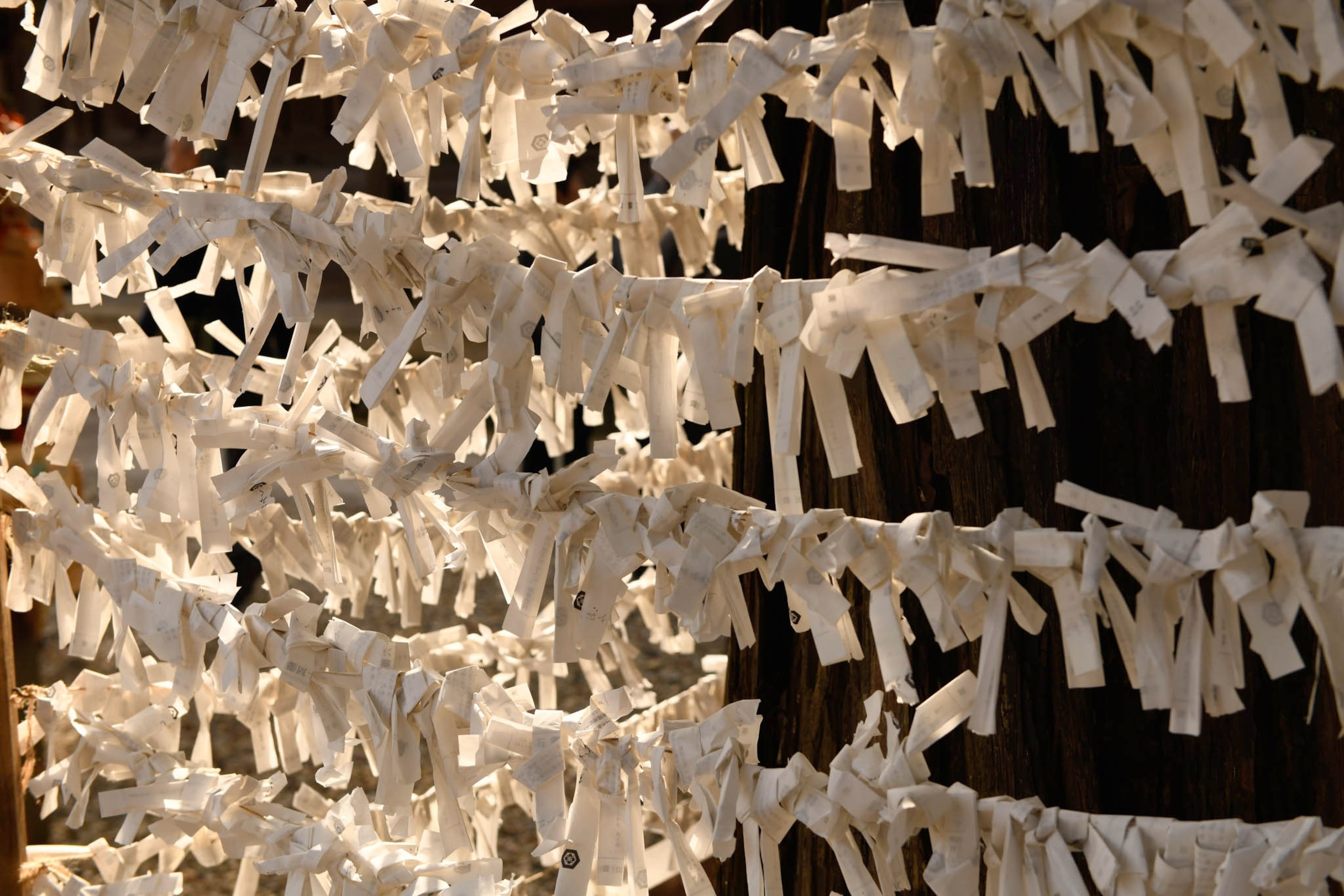
Torii gates lead down to the complex, which consists of multiple shrines and sacred spaces. Prayers, written on paper and tied to tree branches, flicker in the breeze. Just outside Izumo-Taisha, shops sell trinkets and souvenirs and visitors can catch a bite to eat before entering.
- National Geographic Expeditions
TAMATSUKURI ONSEN
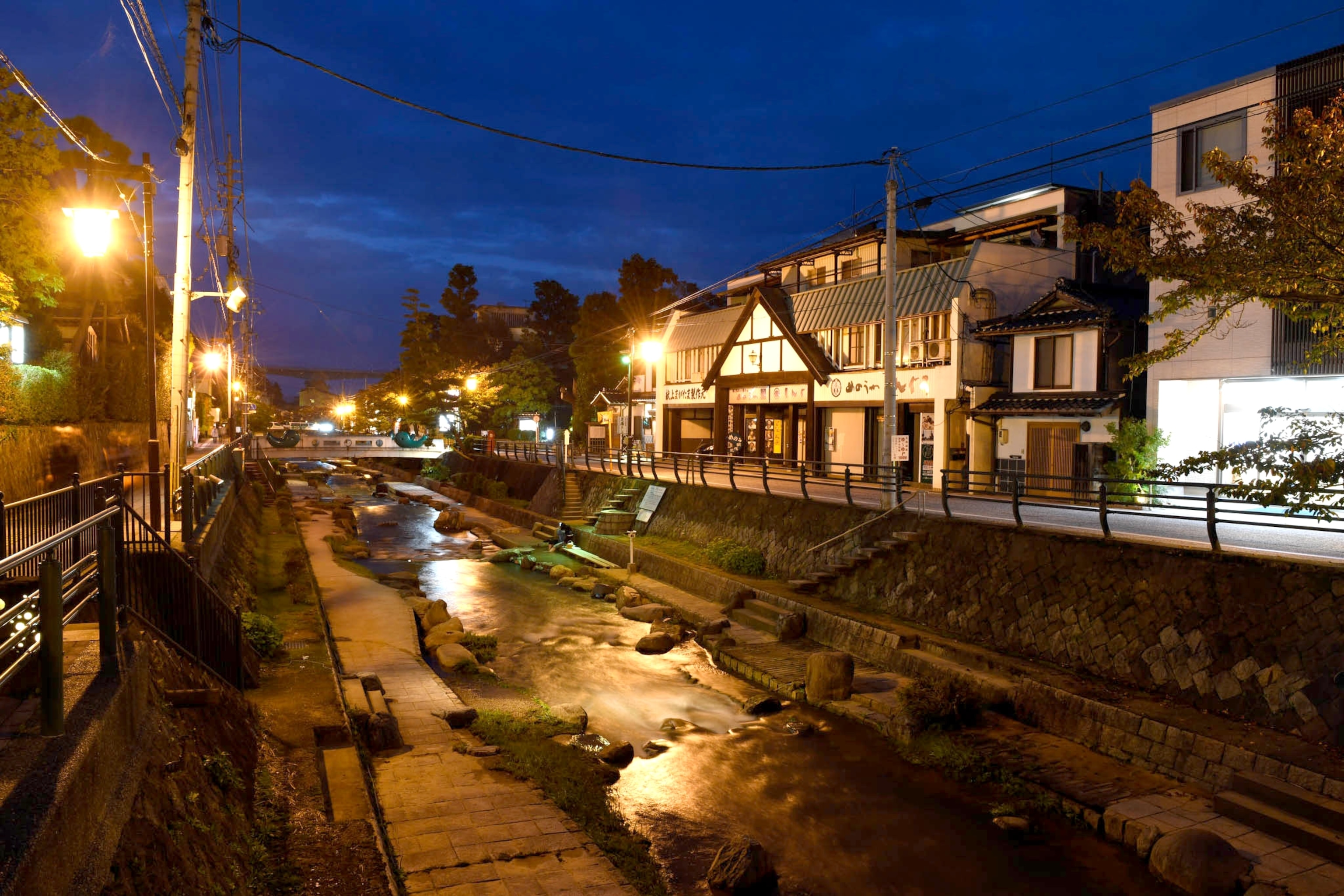
Experiencing a traditional Japanese onsen, or hot spring, is one of life’s great pleasures. And one of the best places to do so is Tamatsukuri Onsen in Matsue, the capital of Shimane Prefecture. Visitors can enjoy an onsen bath at one of the many ryokans (inns) or public baths in the area. (Make sure to read up on onsen etiquette beforehand.) And if you need to recharge your tired feet? Dip them in the Tamayu River, which flows through the center of Tamatsukuri Onsen, lined with blooming cherry blossom trees in the spring.
ADACHI MUSEUM OF ART, YASUGI
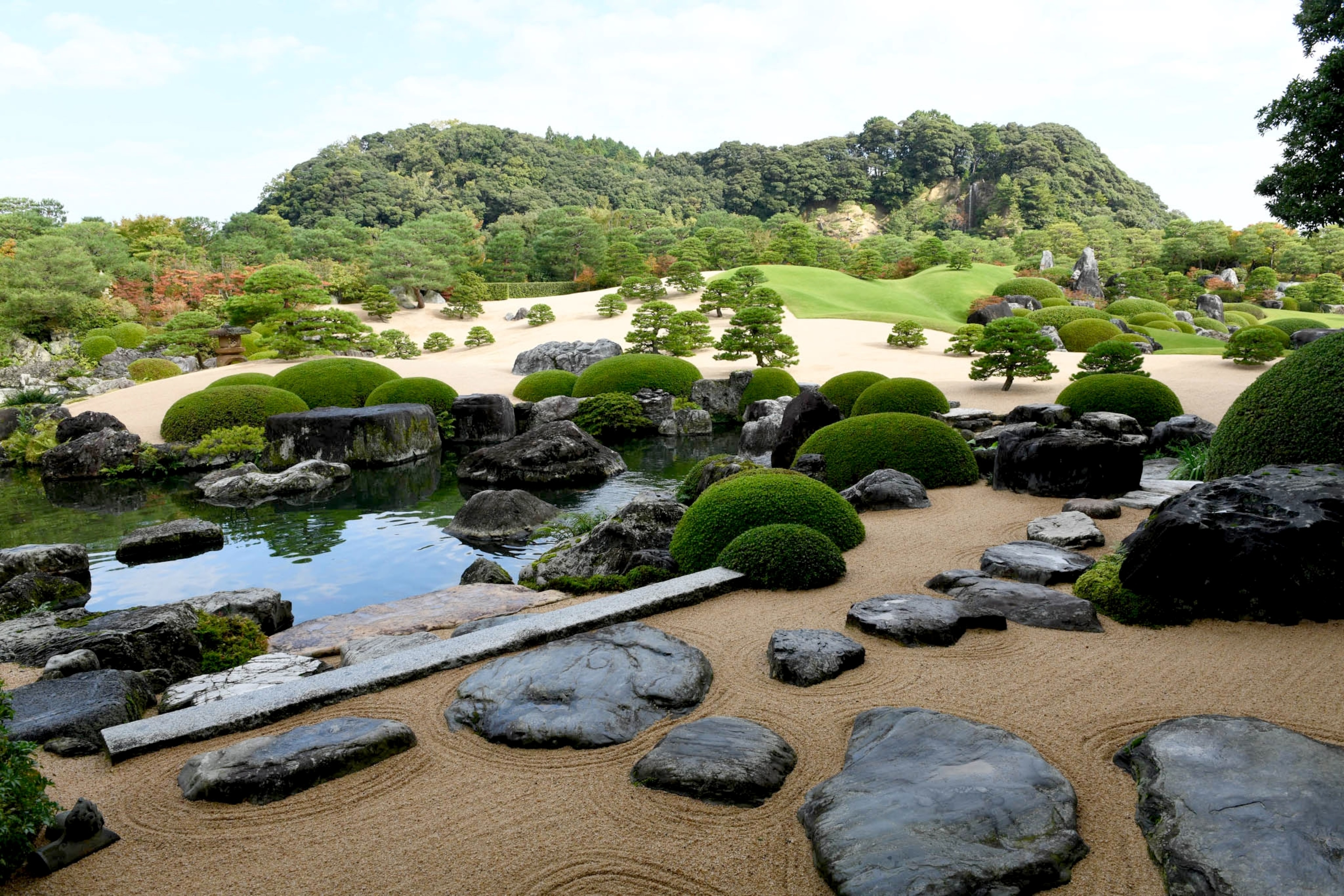
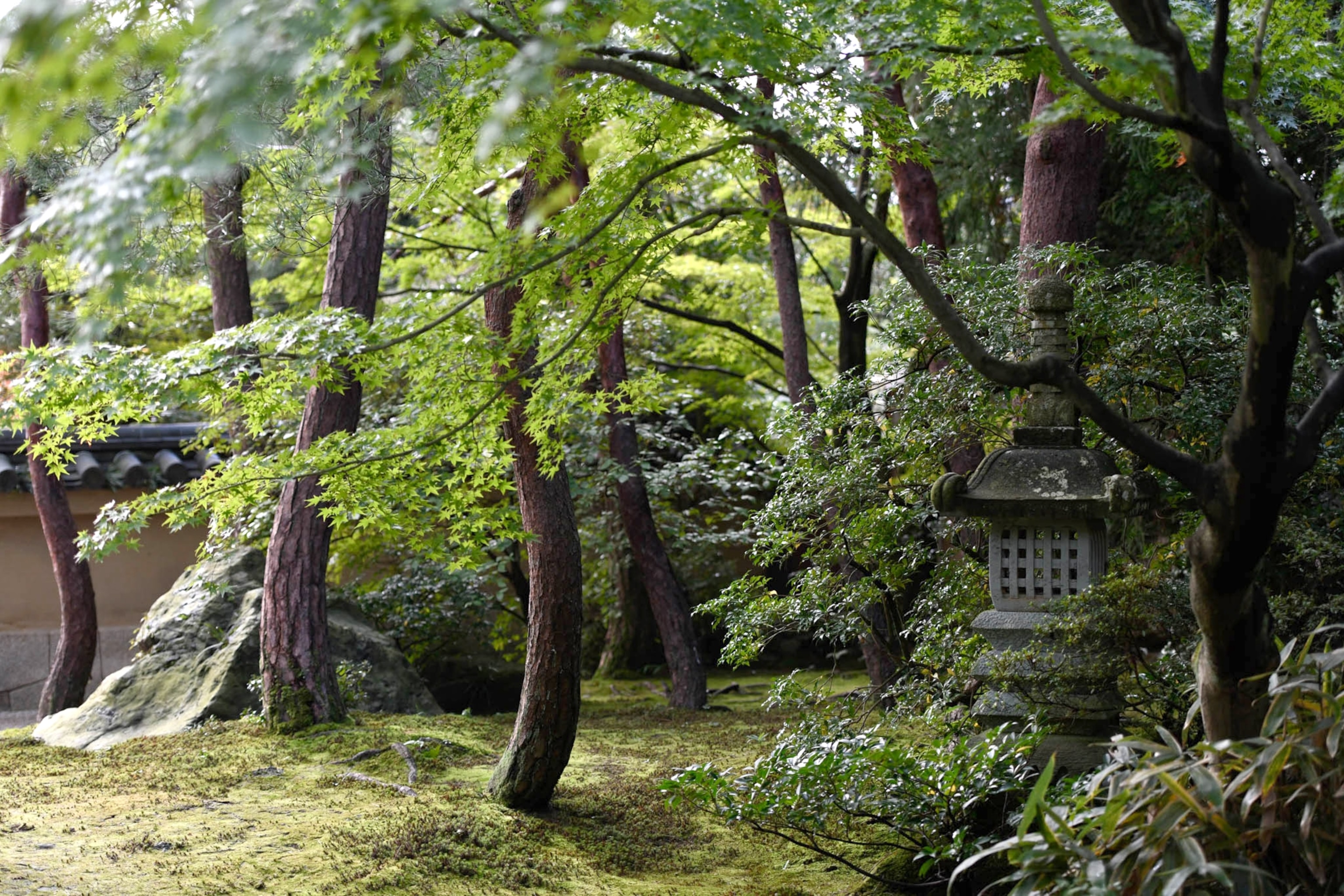
To be named the best garden in Japan—a country known for its gorgeous gardens—is no small feat. And the Adachi Museum of Art in Yasugi, about a half hour from Matsue, has done just that for many years running. The museum itself houses works by modern and contemporary artists, but it’s the 40-acre garden that’s the real draw. Six distinct, meticulously maintained gardens were designed to evoke different emotions and create a “living painting,” changing with the seasons.
Nancy Gupton is a Washington, D.C.-based writer with too many books, too many cats, and a very long list of places she wants to visit. You can find her here.

